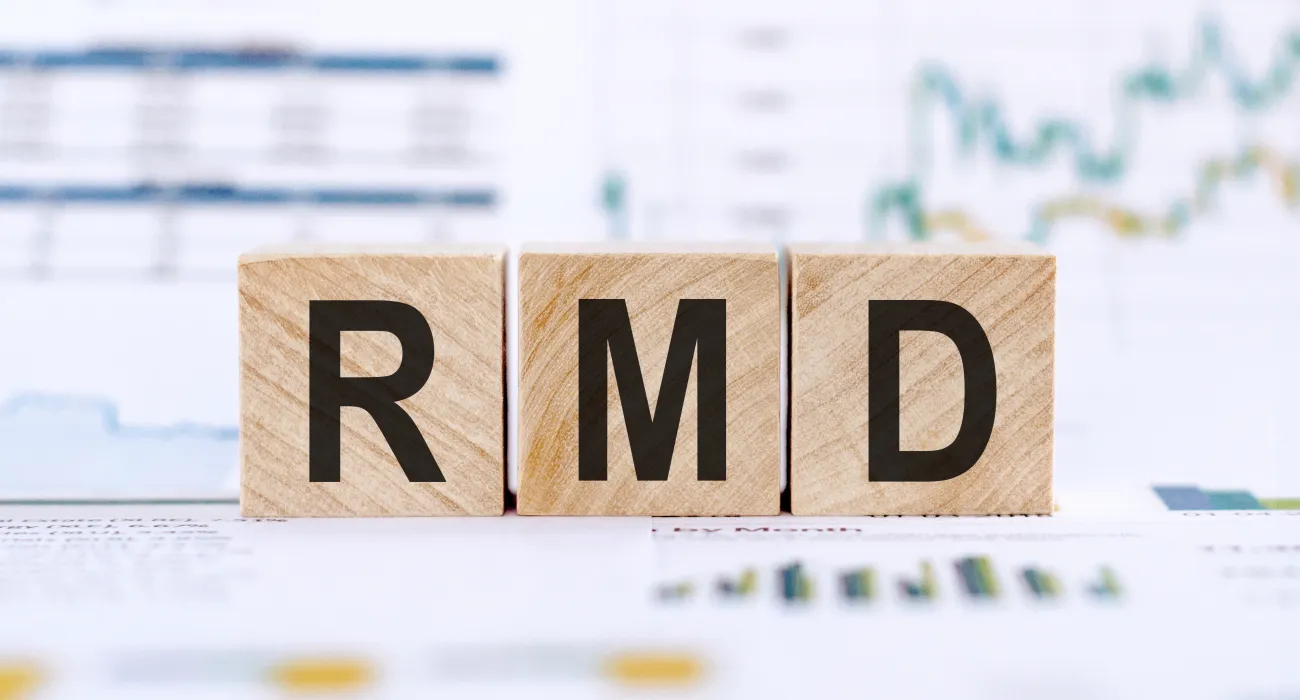The IRS Recently Changed the RMD Formula
Did you know that the Internal Revenue Service, or IRS for short, has recently changed the RMD formula? Before you hit the panic button that is actually great news for retirees. The bottom line is that you can now keep higher sums of money in your tax-deferred retirement accounts. This will certainly have a positive financial impact on millions of Americans across the country. You can thank the IRS for lowering the required minimum distributions, also known as RMDs. In essence, the IRS doesn't want you to sit on piles of cash in the form of retirement savings. Instead, they want you to start taking money out of your accounts when you reach a certain age.
RMD's is a nice and tidy name for the money that they require you to withdraw. For the past twenty (20) years that age was 70 ½ years old. In the past, once you reached the age of 70 ½ the IRS required you to take minimum distributions from your tax-deferred retirement accounts. However, the IRS has recently updated their actuarial tables for the first time in twenty years. The new RMD formula went into effect starting on January 1, 2022. In essence, the actuarial tables determine exactly how much money you're mandated to withdraw from your tax-deferred retirement accounts starting at age 72 years old.
That means you now have more
time to avoid the RMDs as long as you're younger than 72 years old. The updated
tables reflect longer life spans for individuals. The IRS utilizes them to
calculate the RMD from your 401(k) and other retirement savings accounts. The
RMD is calculated on a yearly basis. That means the amount of the withdrawal
will change each year. If you're near or at 72 years old, it makes sense to
plan accordingly with your financial planner. The RMDs need to be factored into
your overall financial plan and investment strategy.
RMD Details Further Explained
As you now know, Required Minimum Distributions (RMDs) are withdrawals that you must make from the vast majority of retirement plans when you reach the age of 72 years old. However, the amount that you are required to withdraw depends on two (2) factors. They are the balance in your tax deferred retirement account and your life expectancy that the IRS has defined and recently updated. If you have multiple retirement accounts, you can take a distribution from each account. You can also total your RMD amounts and take the distribution from one or more of the accounts.
Either way, you must take your RMD for the given year by December 31 of that year. However, you're allotted more time the first year that you're required to make the withdrawal. RMDS apply to Traditional IRAs, SEP IRAs, SIMPLE IRAS, Rollover IRAs, most 4019k) and 403 (b) plan, and most small business accounts. The good news is that RMDs do not apply to ROTH IRAs. This is due to the fact that contributions to a ROTH IRA account are made with after-tax dollar as opposed to pre-tax dollars.
It should be
noted that RMDs due for 2020 were waived because of the Coronavirus pandemic.
The temporary waiver also applied to taxpayers who were required to take their
first RMD in 2019 but planned on delaying it until April 1, 2020. This is based
on the additional time that you're allotted the first year that you're required
to withdraw an RMD. So, those particular individuals were forced to take their
first RMD by December 31, 2021. If you turned 72 in 2021 than your first RMD
withdrawal is due by April 1, 2022, which is fast approaching.
In addition, your second RMD withdrawal is due by December 31, 2022. Moving forward, all RMD's must be made by December 31 of that given year. Once again, if this is a bit confusing, you should meet with a professional financial advisor or tax consultant who will help you figures out the best choices based on your particular goals and needs.
How To Calculate RMDs
In order to accurately calculate your exact RMD withdrawal amount, visit the IRS website. Then search for the IRS Publication 590. The document contains all of the RMD tables that you need to calculate your exact RMD withdrawal. The next step is locating your age on the IRS Uniform Lifetime Table. The Life Expectancy Factor is located next to the Age Column. Then divide your retirement account balance (as of December 31 of the previous year) by your current Life Expectancy Factor. Let's take a look at an example....
You're a 72-year-old resident of the United States with $500,000 in your tax-deferred retirement account. Your Life Expectancy Factor is 25.6 according the IRS Uniform Lifetime Table. So, you would divide $500,000 by 25.6 = $19,531.25.
That means you need to withdraw $19,531.25 from your tax-deferred retirement account in the form of an RMD. The RMD amount goes up, as you get older. Here's another example....
A 75-year-old has the same $500,000 in their tax deferred retirement account. Their Life Expectancy Factor is 22.9 according the IRS Uniform Lifetime Table. So, you would divide $500,000 by 22.9 = $21,834.07. That means the 75-year-old is required to withdraw $21,834.07.
If you have multiple retirement plans, you need to calculate the RMD for each plan separately. However, you can combine your RMDs and withdraw the total amount from just one plan or from any combination of the plans that you've invested in. It may be more beneficial for you to draw down certain accounts or investments before others. So, what happens if you withdraw too little or skip taking the RMD? The IRS will tax you 50% of the difference based on the amount you actually withdrew that year and the amount that you were supposed to withdraw that year.
That can have a huge impact on your finances and not in a good way. That being stated, you do not need to withdraw your RMD in one lump sum. In fact, you can withdraw in increments throughout the entire year as longs as you withdraw the entire RMD amount for the year by or before December 31 of that year.
In conclusion, the information
as listed above is just the basics on what RMDs are, how they work, and how
they're calculated. Once again, you should consult with a professional
financial advisor or tax consultant that will further explain the details to
you. That way, you'll be able to make the best decisions regarding your
financial situation.




